Last Updated on October 12, 2023 by Larisa
The world of gemstones holds a myriad of secrets, colors, and energies. Among these treasures, aegirine stands out with its captivating charm. With shades ranging from dark green to pale green, it’s a stone that captures the essence of the verdant forests and the depth of the oceans.
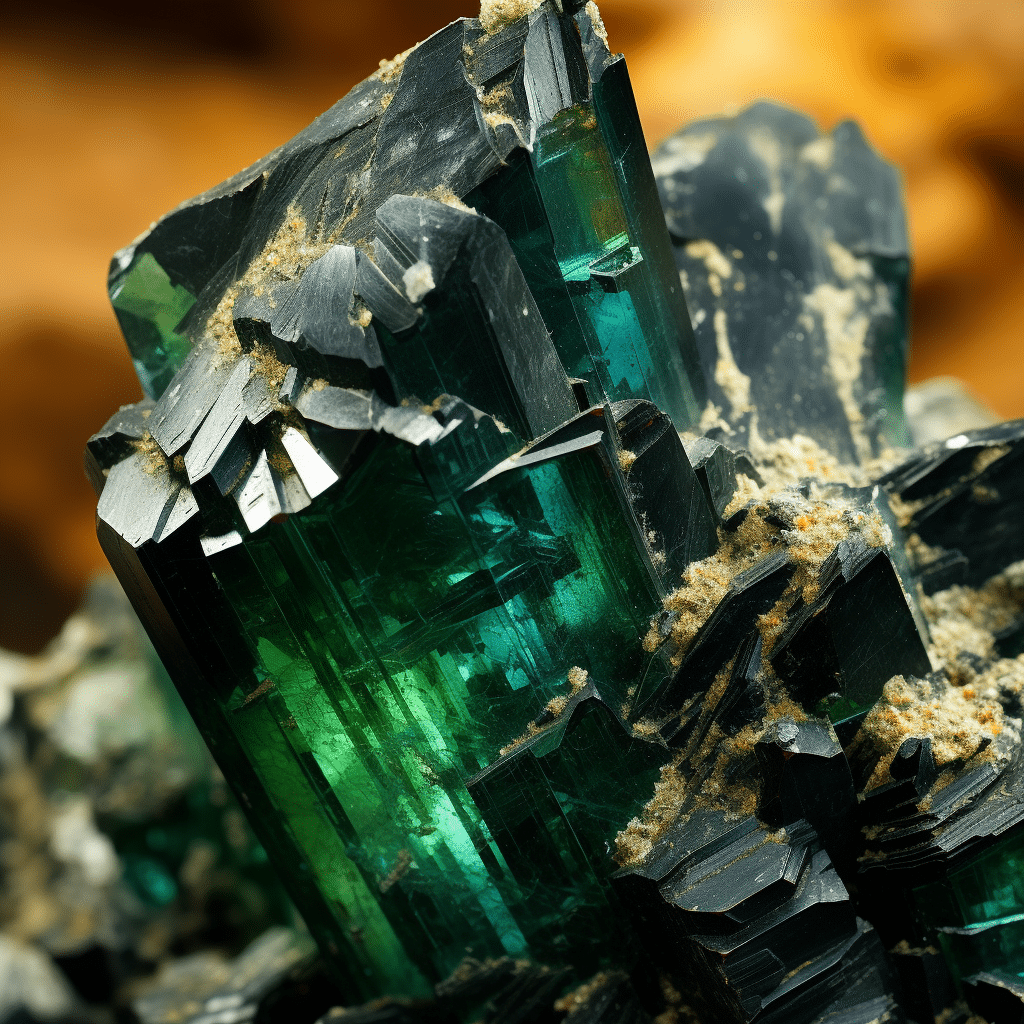
Geological Marvel: The Composition and Properties of Aegirine
The allure of aegirine goes beyond its visual beauty. This mineral, scientifically known as a sodium iron silicate mineral, has a unique chemical composition that makes it stand out in the realm of gemstones. Its chemical formula is NaFe^3+Si_2O_6. When we delve into its crystal system, aegirine is known to belong to the monoclinic system. This aspect contributes to its typical pointed crystals, often appearing as thin, elongated formations.
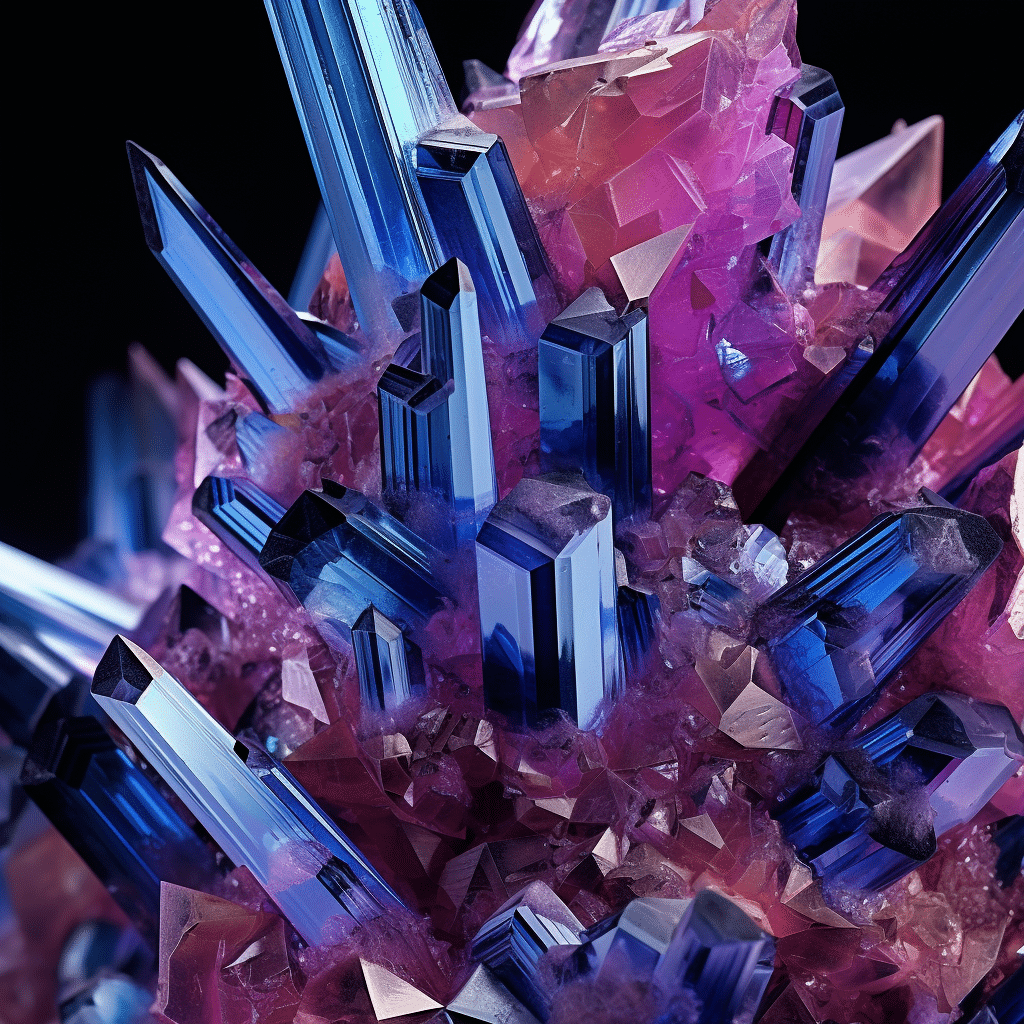
Its hardness on the Mohs scale is between 5 and 6. This means that while aegirine is reasonably durable, it still requires gentle handling, especially when set in jewelry. Appearance-wise, its color spectrum includes deep green, yellow-green, and even hints of reddish-brown or yellowish-brown, especially when viewed under different lighting conditions. Some specimens might also present a greenish-black hue, giving them an almost mystical appearance.
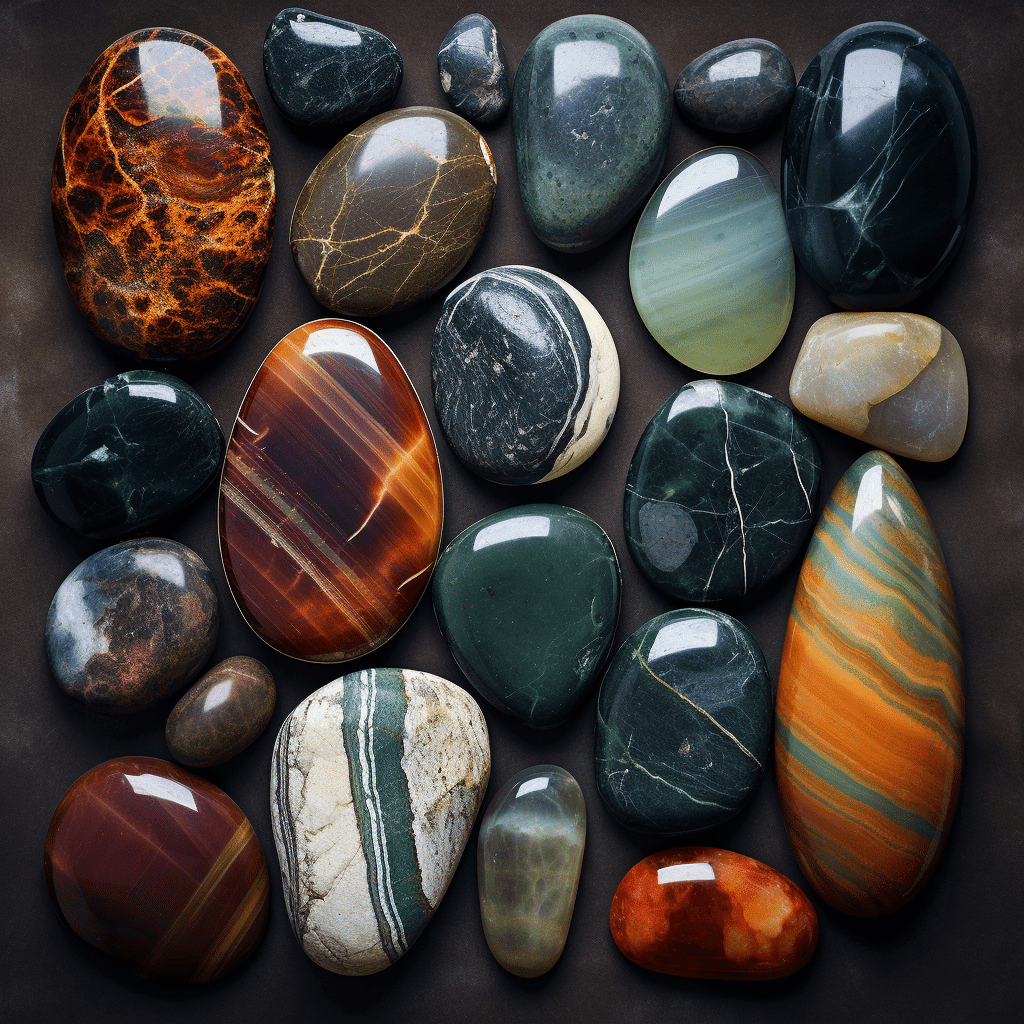
A Journey Through Time: The History and Naming of Aegirine
The tale of aegirine is as fascinating as the stone itself. Named after Aegir, the Scandinavian god of the sea, the gem embodies the strength and mystery of the oceans. The link to the god of the sea doesn’t stop at its name; the dark green hues of the stone seem to echo the deep, tumultuous waters of the Scandinavian seas.

This enchanting gemstone was first discovered in Norway, a fitting origin considering its namesake. However, it’s not just known as aegirine. So, it might be referred to by other names in different traditions and cultures, though none as evocative as its most commonly known moniker.

Healing Properties of Aegirine: Physical and Emotional
Aegirine is not merely a feast for the eyes; its significance expands to the realm of healing and well-being. Many crystal enthusiasts and healers believe that aegirine holds the power to benefit the body in various ways.
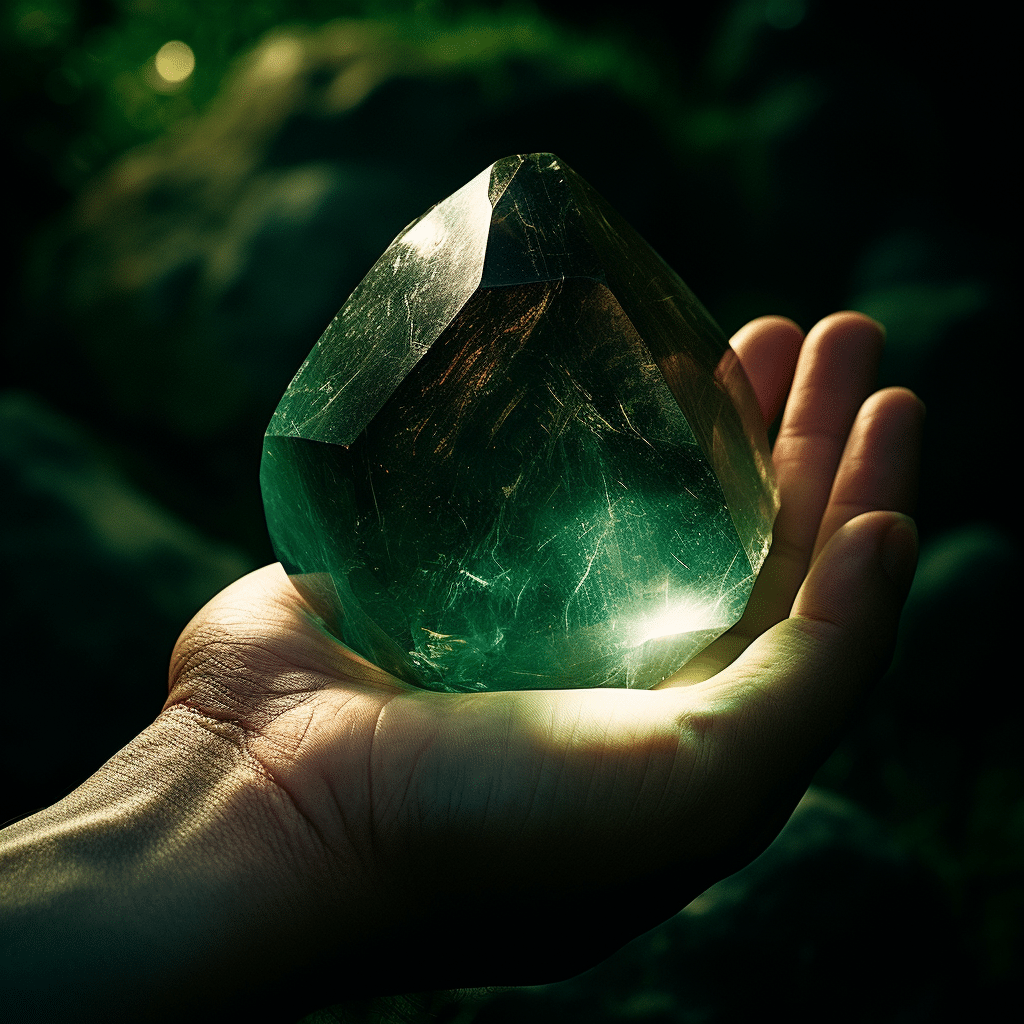
From a physical perspective, it’s thought to support the immune system. It’s believed that when this crystal is close to a person, it can enhance their body’s natural defenses, especially during stress or seasonal changes. Apart from the immune-boosting qualities, some also suggest that aegirine promotes cognitive functions, leading to clearer thinking and improved focus.

Emotionally, aegirine is a beacon of positivity. It aids in dispelling negative energies and emotions, allowing its possessor to experience a life imbued with optimism and emotional balance. The stone is often recommended for those undergoing challenging phases in their life, serving as a reassuring anchor to hold onto.
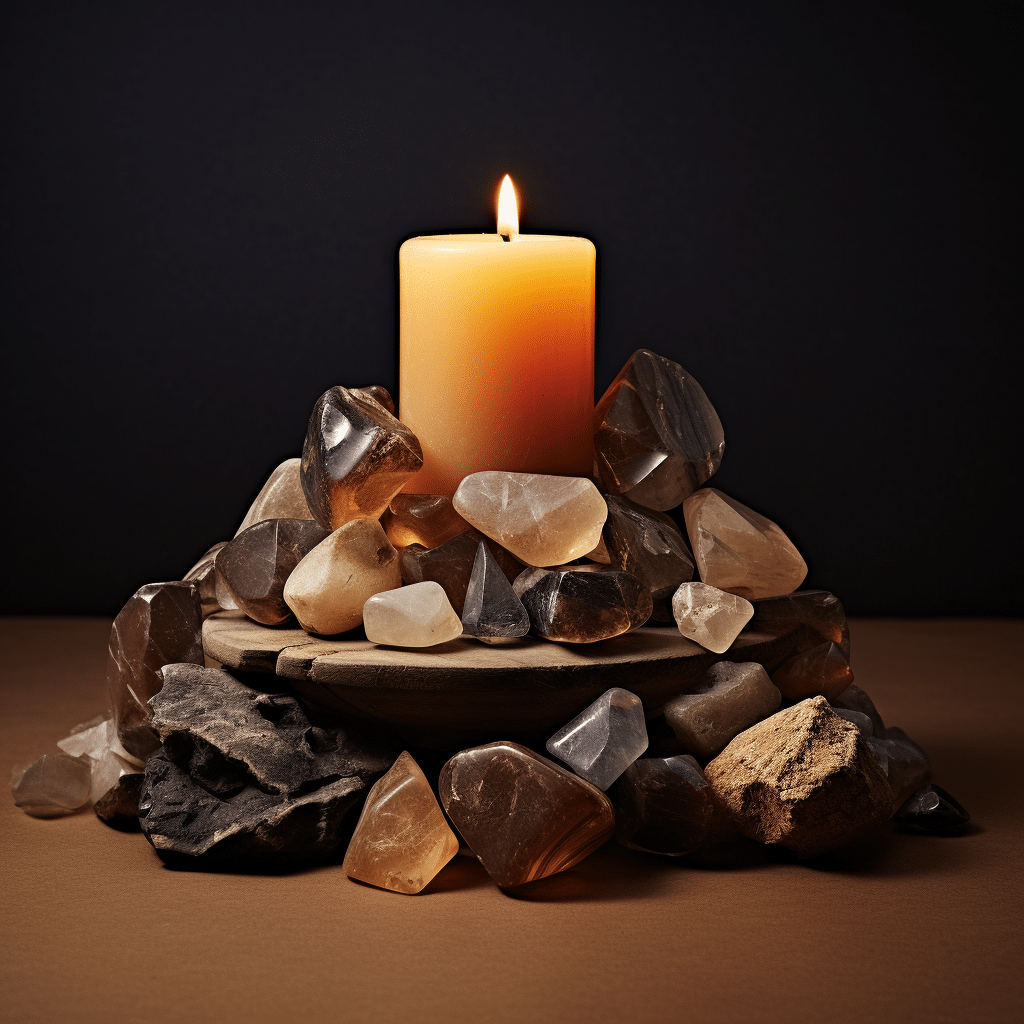
Metaphysical Properties and Chakral Alignments
Delving deeper into the spiritual realm, aegirine’s metaphysical attributes are profound. Connected to the energy centers of the body, or chakras, this stone primarily resonates with the crown chakra. The crown chakra, situated at the top of the head, is the center of enlightenment and spiritual connection. Aegirine’s energy aids in aligning this chakra, ensuring a harmonious flow of life energy.

For those keen on spiritual growth and meditation, introducing aegirine into their practices can be transformative. The stone’s energy helps grind the user and connect them with higher dimensions, facilitating profound meditation sessions. This makes it a cherished gem for manifestation practices, as it helps clarify intentions and amplify manifestations.

Ritualistic and Modern Uses( God of the Sea)
Historically, aegirine’s association with the sea and the god Aegir meant it was revered in certain rituals, especially those invoking protection during voyages. Today, while we might not employ it in sea-bound rituals, its significance remains undiminished in modern practices.

Jewelry adorned with aegirine has become a favorite for many. Not just for its beauty but for the protective and positive energy it’s believed to impart to the wearer. In-home decor, aegirine crystal sprays can be strategically placed to enhance the energy flow, especially in spaces dedicated to relaxation or spiritual practices.

Sensations and Interactions with Aegirine (dark green prismatic crystals)
Aegirine, like other potent stones, is known to invoke certain sensations in those who interact with it. For many, holding or wearing a piece of aegirine feels like an energy boost, providing them with a sense of protection and empowerment.

Many describe the sensation as warmth or tingling, especially when the stone is placed on or near the crown chakra. The energy of this amazing crystal is believed to purify one’s aura, dispelling negativity and attracting light. This transformative property is why it’s often used during meditative or healing sessions.

However, it’s essential to note that everyone’s experience with aegirine may differ. While some feel an immediate connection, others might take time to attune to its frequency. There haven’t been any reported negative side effects from using aegirine, but as with any gem or mineral, it’s always best to trust one’s intuition and observe any changes in one’s energy or environment.
Care and Maintenance Tips for Aegirine
Even though aegirine is a robust mineral, it deserves proper care to maintain its energetic and physical properties. Here are some tips to keep your aegirine in its best form:
- Cleaning: Use a soft cloth to wipe off any dust. If you wish to wash it, lukewarm water with a touch of mild soap is adequate. Ensure to dry it immediately to maintain its luster.
- Charging: Many believe that placing aegirine under the moonlight, especially during a full moon, can recharge its energies. Avoid placing it under direct sunlight for extended periods, as it might alter its color.
- Storage: When not in use, store aegirine in a soft pouch away from other gems or stones to prevent scratching.
- Handling: Although aegirine boasts a good rank on the Mohs hardness scale, it’s best to handle it with care to avoid any chips or fractures.
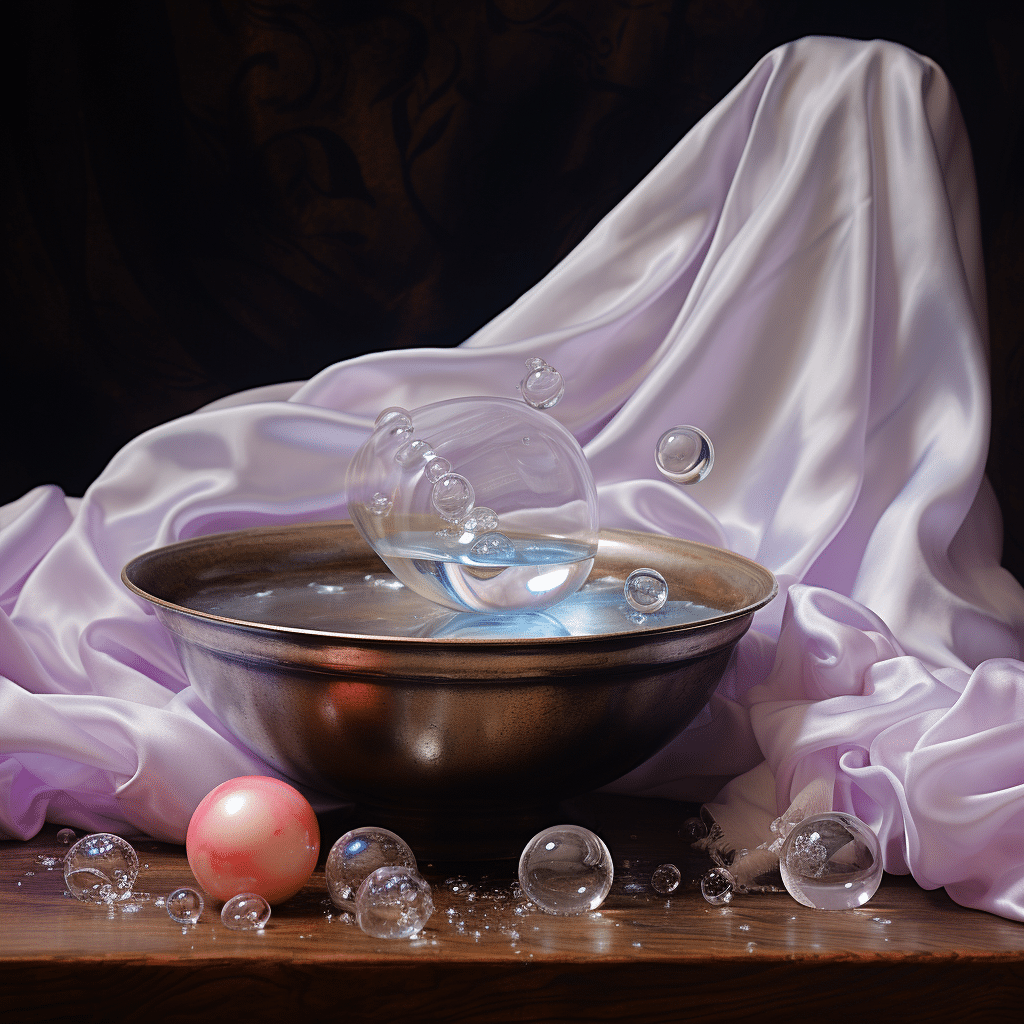
Geological Journey of the Pale Green Crystal
Alkali-rich volcanic rock and iron formations cradle the birth of our pale green crystal. As a member of the pyroxene group, this crystal thrives in these unique conditions, forming its characteristic translucent form.
The crystal makes its mark globally in diverse locales. Magnet Cove, a mineral-rich geological haven, is one such location. Here, the crystal coexists with quartz, presenting a captivating mineral dance.
Russia’s Khibiny Massif, a mountainous mineral treasure, also hosts our crystal. This location further testifies to the crystal’s geological adaptability.
Thus, the pale green crystal’s journey unfolds. From formation in unique environments to coexistence with quartz, this crystal’s tale weaves a fascinating narrative, captivating mineralogists and gem enthusiasts alike.
Conclusion
Aegirine, with its mesmerizing shades of green and rich history, is not just a gem for the eyes but also for the soul. Its physical and metaphysical healing properties make it a sought-after stone in various cultures. Whether you’re looking to enhance your spiritual journey, seek protection from negativity, or adorn yourself with a piece of Earth’s beauty, aegirine stands out as a gem worth exploring.
FAQs
- What is the benefit of aegirine?
Aegirine is believed to offer both physical and emotional healing, support the immune system, enhance cognitive functions, and provide spiritual growth and protection. - Is aegirine safe to use?
Yes, aegirine is safe to use. However, it’s always best to listen to your intuition and see how you personally resonate with any crystal. - What is another name for aegirine?
Aegirine is also known as Acmite, especially in certain mineralogical contexts. - Is aegirine rare?
Aegirine is not extremely rare but is not as commonly found as some other minerals. Its occurrences in places like Norway, Russia, and Canada make it a treasured find for gem enthusiasts.


